Labelling information
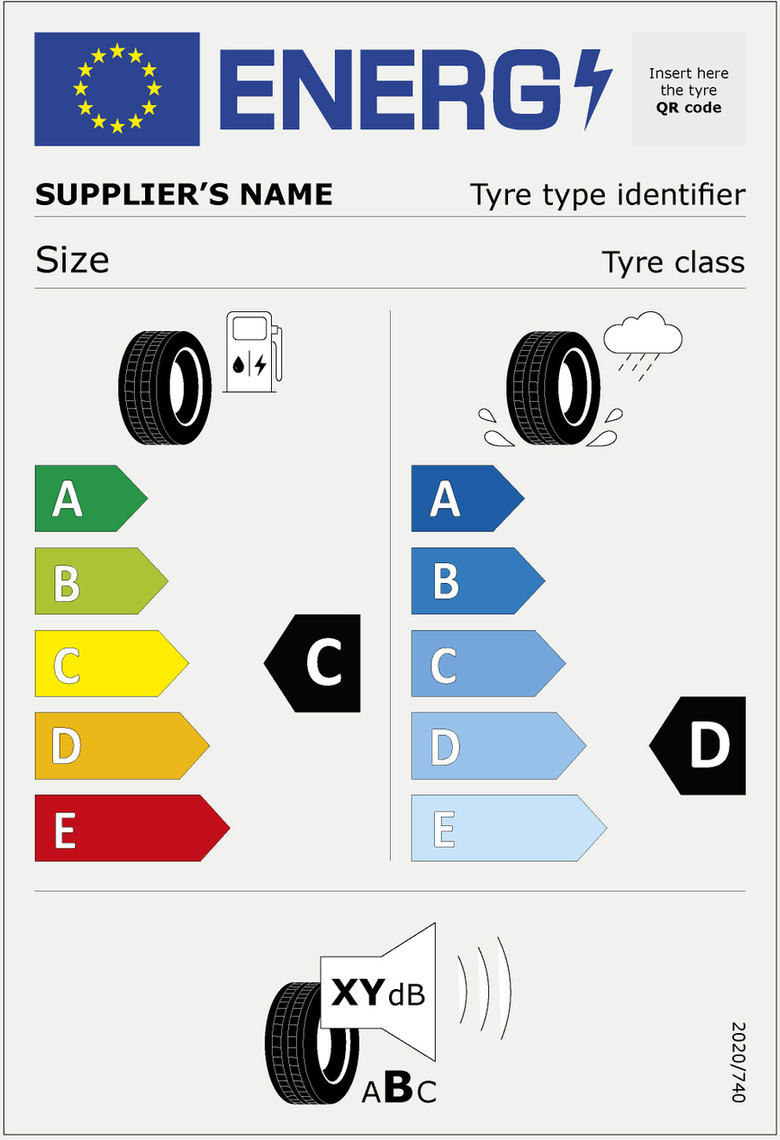
Tyre labelling is now standardised throughout the European Union. Learn to read the labels and make the right choice!
Tyre labelling became mandatory throughout the European Union on 1 November 2012. This is in application of the provisions of European Regulation No. 1222/2009 relating to road transport.
Thanks to tyre labelling, consumers are better informed about the tyres available on the market. They are now in a position to make an enlightened choice by comparing tyres using the three new criteria indicated on the labels:
Energy efficiency: the impact of the tyre on fuel consumption, graded from A to E.
Wet grip: the tyre's ability to brake on a wet surface, graded from A to E.
External rolling noise, expressed in decibels and graded from A to C
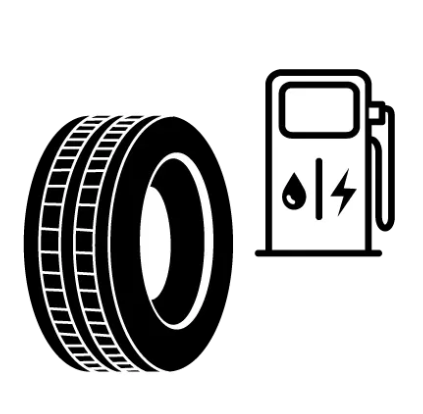
The impact of the tyre in terms of fuel consumption and CO2 emissions
The left-hand side of the label relates to the tyre's effect in terms of fuel consumption and carbon dioxide (CO2) emissions. 20% of a vehicle's fuel consumption depends directly on the rolling resistance of its tyres. The lower this resistance, the lower the consumption, and the lower the CO2 emissions.
This rolling resistance value, measured on a simulator, determines the grade of tyre, from A to E: a customer will make savings using A-graded tyres with low rolling resistance instead of E-graded tyres.
Thanks to their A tyres, their fuel consumption will be reduced by about 0.5 l/100 km, i.e. about 80 l of fuel per year on the basis of 15,000 km covered in a year. Benefit to the wallet: over €120 for a petrol vehicle (at a fuel price of €1.55 / l.)
Also, driving on A tyres instead of E tyres reduces the impact on the environment: the decrease in fuel consumption leads to a drop in CO2 emissions of 12 g per km, 180 metric tons per year!
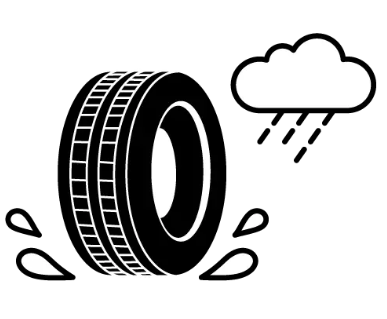
Wet braking
The right-hand part of the label shows the tyre's performance when braking on a wet surface. The measurements are taken on a vehicle under conditions defined in a European regulation (speed, road characteristics, water depth, temperature etc.).
The grade indicated on the label (from A to E) is arrived at by comparing the performance of the tyre tested with that of a benchmark tyre.
A light vehicle with 4 class A tyres will have an emergency braking distance of 30% less than the same vehicle fitted with 4 class below E tyres. This represents a difference of 18 metres if the vehicles need to perform an emergency braking manoeuvre when travelling at 80 kph.
NB: this effect may vary from one vehicle to another, and in different driving conditions.
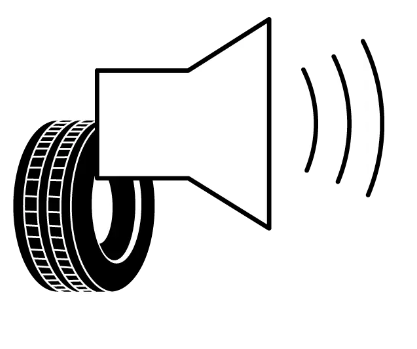
External rolling noise of the tyre
The lower part of the label relates to the noise emitted externally (on the road) by tyres in contact with the road surface. The figure expresses the noise level in decibels.
This is the first time that the effect on the environment of noise pollution from tyres has been taken into consideration.
NB: this indication does not include the noise heard by the driver and passengers inside the cabin.
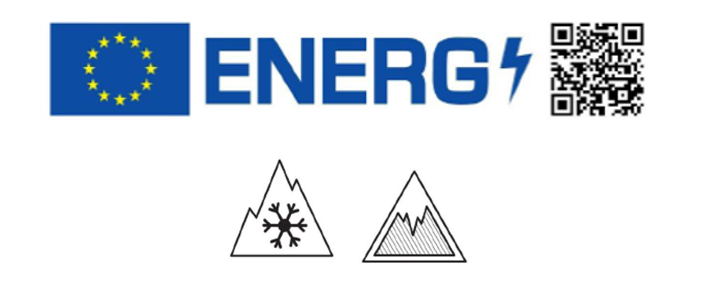
Other information resources for users
Tyre labelling is compulsory and standardised across all tyre brands. The information contained in labels on Taurus tyres is also available in the company's technical and sales documentation, at your dealership or on the website.
Similar information MUST appear on (or with) the sales invoice for the tyres received by the buyer.
Grading and technical information are communicated to Authorities and added to the European EPREL database. This database is accessible through the QR code next to the Energy sign and leads you to the product information sheet of the tyre.
2 pictograms can be seen on the label to express the ability of the tyre to be used on snow and/or ice condition.
3PMSF marking:
Indication whether the tyre is a tyre for use in severe snow conditions (3PMSF marking).
Ice grip marking:
Indication whether the tyre is an ice grip tyre (ice grip marking).
WARNING
NB: Although important, the criteria selected for tyre labels do not represent the performance of the tyre in its entirety.
Drivers should be warned: fuel savings and road safety depend primarily on their behaviour on the road.
To reduce fuel consumption and get the best out of their tyres, drivers must:
Regularly check the tyre pressure and adapt it to suit climate and load conditions.
Adapt their driving to weather and traffic conditions.
Apply the principles of eco-driving.
